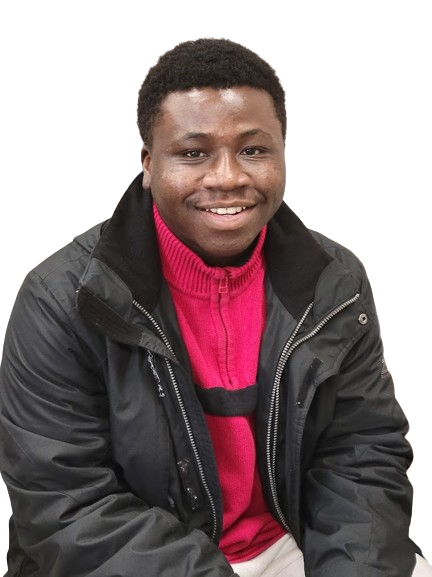One of the exciting aspects of the healthcare field is the wide variety of roles available, each offering unique opportunities to contribute to patient care. One such role is that of a Certified Medical Assistant (CMA). With a blend of clinical and administrative responsibilities, CMAs play a vital role in healthcare settings, ensuring smooth operations and high-quality patient care. Could this be a career for you? Read on to learn more about certified medical assistants.
What do Certified Medical Assistants do?
Certified Medical Assistants are versatile healthcare professionals who handle both administrative and clinical tasks. Their duties often include:
- Taking patient histories and vital signs.
- Preparing patients for examinations and assisting physicians during procedures.
- Administering medications as directed by a physician.
- Collecting and preparing laboratory specimens.
- Performing basic laboratory tests.
- Scheduling appointments, managing medical records, and handling billing or insurance forms.
In essence, CMAs are the backbone of many healthcare facilities, ensuring that both patients and healthcare providers have the support they need.
Where do they work?
Certified Medical Assistants can work in various healthcare settings, including:
- Hospitals
- Private medical practices
- Outpatient care centers
- Clinics
- Specialized facilities like dermatology or pediatric offices
The flexibility of the role allows CMAs to choose work environments that match their interests and career goals.
Who do they work with?
CMAs work closely with physicians, nurses, and other healthcare professionals. They also interact with patients, often serving as a comforting presence during medical visits. In many ways, CMAs act as a bridge between patients and providers, ensuring clear communication and efficient care.
What is the job outlook for this profession?
The demand for Certified Medical Assistants is growing rapidly. According to the Bureau of Labor Statistics, employment in this field is projected to grow much faster than average due to the increasing need for healthcare services. CMAs earn a median annual salary of approximately $37,000, with opportunities for advancement or specialization in areas like pediatrics, cardiology, or geriatrics.
How do I become a Certified Medical Assistant?
To become a CMA, follow these steps:
- Complete a Medical Assistant Program: Enroll in an accredited medical assistant program, which typically takes 1-2 years to complete and results in a certificate, diploma, or associate degree.
- Earn Certification: After completing the program, pass the Certified Medical Assistant (CMA) exam administered by the American Association of Medical Assistants (AAMA) to become certified.
- Gain Experience: Many entry-level positions allow CMAs to build skills and explore areas of specialization.
- Continue Education: CMAs can pursue additional certifications or training to enhance their expertise and career prospects.
In the Know: Professional organizations and resources
Several organizations provide valuable resources for aspiring CMAs:
- American Association of Medical Assistants (AAMA): Offers certification, continuing education opportunities, and career resources.
- National Healthcareer Association (NHA): Provides certifications and resources for healthcare professionals.
Conclusion
The role of a Certified Medical Assistant is perfect for individuals who enjoy working in a fast-paced, patient-focused environment. With a mix of administrative and clinical responsibilities, CMAs are essential to the healthcare system. If you’re looking for a fulfilling career with room for growth, consider becoming a CMA. Start your journey today and make a difference in the lives of patients and providers alike!

Dennis Boakye ’26 is a junior with a major in Neuroscience and a minor in Mathematics. He is also a co-president of the Neurolawrence Club and the Synthetic Biology Club and the treasurer for the American Medical Student Association (AMSA, Lawrence Chapter) and the Black Student Union (BSU). Dennis is the current career peer educator for the Health and Medicinal Professions (HMP) and the Physical and Natural Sciences (PHN) career communities at Lawrence University. Connect with Dennis on LinkedIn.
